
We had met as equals, rarely a good thing in such matters, for the woman who wishes to be the equal of a man usually turns out to be less than a man and less than a woman. A woman is herself, which is something altogether different than a man. – (Emphasis added.)

This quote is from The Walking Drum, written by Louis L’Amour. While Mr. L’Amour is best known for his Western fiction, the truth is that he wrote a great many other stories as well. He served in World War II and “yondered” much of his early life. He was many things and he saw many things. The Walking Drum is a novel he wrote – and it is set in the twelfth century.
Why start a post off with this quote? Because it is a timely admonition. A woman ends up being less than herself when she is trying to be something she is not. And yet we have no end of “experts” proclaiming that women are equal to men. It makes the observant wonder just what they are selling.
The research I did for the post “Offended, Insulted, and Not Shutting Up” is what got this article rolling. And before anyone asks, no, I have not shifted my position on Marvel’s decision to make Jane Foster the latest version of “Thor.” It is a stupid decision which they will soon learn is not helping them.
My research into the opinions of others regarding “Thorette” allowed me to find comments and articles that expressed what I have thought for some years. They were not all as delicate in their statements as I would have been but, to borrow a line from Mr. Spock and the Vulcans, that is part of the wonder of living in a world of “Infinite Diversity in Infinite Combinations.” With this research tumbling around in my head, I began to think not only about “Thorette” but about what the intelligentsia says we are to praise in the female characters being created these days.
This brings us back to the question I asked in the previous “Strong Women” post. Just what makes a strong woman? Looking at “Thorette,” it seems safe to say that many writers and artists think a woman is only strong when she has an above-normal muscle structure. This sort of physique also happens to look good in some form of armor-plated swimsuit or underwear, which conveniently guarantees a male audience of some size. (These are probably not the guys a girl should accept the offer of a date from, by the way.)
Being a curious observer, I have a question to ask the writers and artists at Marvel and elsewhere. Do they know how many female fans Carol Danvers has? Do they know how many women are in Thundra and “Thorette’s” fan clubs? Has anyone taken a poll of female Marvel fans to ask them what they think of these characters – not to mention what they think of all the other heroines on Marvel’s roster?
If Marvel were to poll its female fans, I believe that they may get answers like mine. For instance: I have never liked or admired Carol Danvers. And I cannot seriously contemplate Thundra, a character from an alternate dimension where women are the dominant sex, without stifling the reflexive urge to throw up. She has to be one of the few characters Marvel has created which I find utterly repulsive. I know and prefer her only as a convenient villainess.
My opinion of Jane Foster/“Thorette” is well documented. Jane Foster has been warped and nearly destroyed as Marvel’s writers, editors, managers, et al attempt to gain fashion and political points from her “new look.” But what they fail to comprehend – or perhaps to admit – is that she looks horrible!
Now, does everyone feel this way about these characters? Hardly. But in my humble view, these female characters do not appeal enough to be worth any kind of money. Judging by “Thorette’s” anemic reception and the letters Marvel received about Carol Danvers years ago, I do not think I am that alone in disliking them.
What kind of female characters, then, impress me? Allow me to pull out another quote from Mr. L’Amour to illustrate my answer:

A man you can figure on; a woman you can’t. They’re likely either to faint, or grab for a gun, regardless of consequences. – from Chancy

These are the kind of women who fascinate me, and whom I wish to emulate. Remember, fainting can easily be faked. How is a man to know a real faint from a false one without putting himself in danger? Louis L’Amour’s female characters are like this. They are iron-willed women who have bones of steel. They can handle a pistol, a rifle, or they can use some other object as a weapon.
You will not find any of L’Amour’s female characters holding up stages, taming broncos, or riding the range as cowgirls, it is true. But you will find women in his stories that are leading cattle drives, managing ranches, and defending their homes from Indians or bandits. And plenty of his women are quite happy to back up their men in a fight by holding a shotgun on the group of ruffians looking to make trouble. The women in L’Amour’s novels of seafaring and in his football stories are no different. Admittedly they do not carry guns in the vicinity of a football game, but they are just as determined and forceful as the frontier women who were their ancestors, in spirit if not in fact.
What does all of this have to do with Marvel? The comic book company already has a Rolodex of formidable heroines. To name a few, there is the Wasp, the Black Widow, Mockingbird, Wanda Maximoff, Silverclaw, Jean Grey, Rogue, Storm, the Invisible Woman…. The post “Offended, Insulted, and Not Shutting Up” has a more comprehensive list, if you would like to learn of more heroines in Marvel’s Universe(s).
The fact is these women can all hold their own in a fight. Yes, these characters have an extra asset of some kind during combat. Mockingbird and Black Widow have extensive hand-to-hand combat training, while Storm, Rogue, and Jean Grey have mutant powers. Many other female characters within the Marvel brand also have superpowers. But a pistol or a rifle is an asset, too, and no frontier woman who wanted to survive would shun either weapon because it was not natural to her. It was often the only thing standing between her and harm – or death. You respect that kind of tool; you do not toss it aside.
So do any of these Marvelous assets cheapen who these women are as characters? No, they do not. Nor do they enhance their characters; they are simply stand-ins for the rifles, pistols, or the various weapons women have used throughout the centuries. Sometimes they are even extensions of the abilities women have always had: intelligence, mental agility, and outright strength of will.
As a result one never knows just what any of these heroines are going to do in a given crisis. One can never know just how they are going to play the game, how they are going to react to the villain’s bait. They may play on his arrogance or they may pretend to be simpering, frightened damsels. Whatever they do it is bound to be interesting and exciting, for the simple reason that it has the potential to be totally unexpected.

Carol Danvers or Thundra, in comparison, can always be counted on to hammer at a problem until it goes away. Why is this so? It is so because they are women who are less than women. The writers have decided to make them something they are not. As a result, they have personalities that are as stilted as a puppet’s limbs, making them very uninteresting.
The other heroines do not have this built-in handicap. They are women who are not afraid of being women. This means that they do not think like the men around them. This gives them their edge in a battle. It is not their superpowers, skills, or weapons. It is who they are as people, as women.
When these heroines are safely captured, they are often deemed by the villains as no longer a threat because they cannot use their powers, kung fu, or technology. With Danvers or Thundra this is usually a true assessment. They are not used to thinking outside the box – or thinking much at all, from what I have seen. In a pitched battle they simply react. This makes them relatively easy for their opponents to overcome or dispatch.
Many of Marvel’s other heroines, however, never stop thinking. They are always watching, listening, assessing, and working out a plan of some sort. If the only possible plan they can make is to wait for back up, then that is what they have to do. Their male counterparts have experienced similar crises, though you will not hear these mentioned by very many critics. If they could survive the wait and not be diminished by it, then why can’t their female counterparts?
From Marvel to DC, from Star Trek to Andre Norton’s Witch World series, from Star Wars to Howl’s Moving Castle and its sequels, there is no end of proof that women can be as bold and brave as the men in their lives – and they can be as bold without compromising their womanhood.
This is what modern writers, filmmakers, and artists no longer consider. In fact they are actively running away from this truth because it has become passé to portray a woman as she actually is. Instead a fictional heroine must be displayed as something other than a woman. You go to the theaters to see the latest films and most of the women in these movies have no problem cutting off men’s heads or disemboweling them. Not only do they have no physical problem doing it, which many of them should, but they also have no moral qualms about doing it.
 The Wonder Woman movie out next year promises to be a case in point. I was once a big fan of Wonder Woman. This was not because of her strength or because of her Lasso of Truth. No, I liked her because of these things and the fact that she was still a woman. Throughout her adventures with the JLA, Diana learned to respect and like her male teammates, to appreciate their abilities and welcome them as friends. Later series even had her dating Batman!
The Wonder Woman movie out next year promises to be a case in point. I was once a big fan of Wonder Woman. This was not because of her strength or because of her Lasso of Truth. No, I liked her because of these things and the fact that she was still a woman. Throughout her adventures with the JLA, Diana learned to respect and like her male teammates, to appreciate their abilities and welcome them as friends. Later series even had her dating Batman!
But recent rewrites by DC Comics have turned Wonder Woman into a bloodthirsty man-hater. It is true that in the coming film she is going to fall in love with Steve Trevor (portrayed by Chris Pine). While she is doing that, though, she will also be happily carving men to pieces and telling women that being secretaries is the equivalent of slavery. You would think she came from an alternate universe and not an island inhabited by Greek warrior women.
All of this detracts from the real power of women. By portraying a woman as what she is not, these writers and artists are not elevating women. They are demeaning and demoting them.
The fictional heroine who easily encapsulates what a real warrior woman can and should be is Éowyn of Rohan from The Lord of the Rings. Secretly joining the Rohirrim’s army as it marches to battle in Gondor, she is the one who defeats the Witch-king, the leader of the Nine Ringwraiths or Názgul. Merry, taken into Gondor by her when she wore the guise of a male Rider, helps her with a well-placed sword-thrust. But it is Éowyn who ultimately strikes the fatal blow and wins a great victory in the glorious Battle of the Pelennor Fields.
Still, many Feminists go into apoplectic fits over Éowyn’s role in The Lord of the Rings novels despite her amazing display of courage and fighting skill. Why? They do this because Éowyn leaves war behind forever when she decides to accept Faramir’s proposal of marriage after recovering from her battle with the Witch-king. That particular passage reads thus:

Then the heart of Éowyn changed, or else at last she understood it. And suddenly her winter passed, and the sun shone on her.
‘I stand in Minas Anor, the Tower of the Sun,’ she said; ‘and behold! the Shadow has departed! I will be a shieldmaiden no longer, nor vie with the great Riders, nor take joy only in the songs of slaying. I will be a healer, and love all things that grow and are not barren.’
 The thing Feminists do not understand – or the thing which they absolutely refuse to accept – is that Éowyn’s triumph in battle does not define her. She did an amazing, wonderful thing, which most other people could never accomplish. Her decision to marry Faramir does not render her defeat of the Witch-king any less; rather, her decision to marry is the reward she earned in that fight.
The thing Feminists do not understand – or the thing which they absolutely refuse to accept – is that Éowyn’s triumph in battle does not define her. She did an amazing, wonderful thing, which most other people could never accomplish. Her decision to marry Faramir does not render her defeat of the Witch-king any less; rather, her decision to marry is the reward she earned in that fight.
Éowyn’s part in the Battle of the Pelennor Fields does not define her identity, and most Feminists want that stereotype to define and limit her. This is most of Éowyn’s own problem in the trilogy until she falls in love with Faramir. Up to that point, she believes that battle will give her satisfaction. Poisoned along with Théoden by Wormtongue’s whisperings, in her confusion and slow descent into despair Éowyn decides that only death in battle will give her a chance at glory and renown.
Now, readers, the fact is that death is not a fulfillment of life. It is the end of life, and if you ally yourself with death, you are allying yourself with the Enemy.
In Minas Tirith – originally named Minas Anor or ‘Tower of the Sun’ – Éowyn finally comes to see that battle is not where she can be most useful when she is at last confronted by Faramir’s genuine love for her. Being a warrior is not her calling, although she can certainly wield a sword as well as any man. Her vocation in life is being a woman, a wife, and eventually a mother.
Through Éowyn the author of the trilogy, J.R.R. Tolkien, demonstrates that a woman is not made by her fighting ability. She is distinguished by her will, her womanhood and – if she is lucky – by her motherhood. “For the hand that rocks the cradle is that hand that rules the world.” Mothers shape their children, daughters and sons both. These daughters and sons will grow up to change the world through the things they do, the things they create, and the children they bring into the universe.
Modern media has largely forsaken this understanding of womanhood at the behest of the Hegelian/Nietzschean complex, the modern incarnation of Sauron. There has been a war going on for the past century or three which most have not paid heed to. This has led to nothing but a lot of pain for women, who have been persuaded as a group to throw away the knowledge that they once possessed. Their honor is their womanhood and it is our societal honor to know them as such.

This is why I have taken issue with Jane Foster’s identity change, not to mention the identity change of several other formerly male characters. This is why I have written two posts on strong women. It is an attempt to remind women of what we truly are and what we can actually achieve. For when women stop valuing themselves as women, society stops valuing them as well, and then that society sooner rather than later treats them like chattel.
ISIS does this on a daily basis. Slave traders and sex traffickers rely on such attitudes to do “business.” The shout of “I am Woman, hear me roar!” has led to nothing but pain and sorrow for millions of women. They have chosen to debase themselves. This means they are no longer worthy of special respect and value to men. For if women do not value themselves as women, as potential wives and mothers, then why should men?
Does all this mean that a woman cannot fight? Pshaw. Éowyn fought, did she not? It is not possible that she forgot how to swing a sword after marrying Faramir. She simply did not make a living fighting – and for the record, neither did he! The heroines of Marvel Comics fight; the women in Star Trek and Star Wars fight. The will to fight is the influential factor. Just ask the mothers and wives who grabbed a gun to help defend against Indian raids or bandits back in the Old West! Or those that defend themselves and their families similarly today.
But if a woman wants to make a career as a warrior, she cannot try and be the equal of the men. This can never be, for the simple fact that no amount of human interference – psychological or scientific – can overwrite what she is. And if a woman decides she wishes to be a “shieldmaiden,” then she had better be prepared for what could happen to her on the field of battle. Torture, the loss of life and limb, rape – these are just some of the risks which I can see ahead of a female soldier. An enemy who does not value life – and there are many of those today – can be abominably creative in the management of prisoners. Just ask Dean Koontz.

Does all this mean that I believe a woman should not be prepared to fight? Civilization is a very, very fragile construction. One small thing goes out of whack and entire nations fall to their knees. Women definitely need to know how to defend themselves. They have always needed to know this.
But what women need to relearn is that it is not battle which will define them. Battle does not define a man, so how can it define a woman? A man or a woman is defined by who and what they are. A man is defined by his manhood, a woman by her womanhood. That is all there is to it.
This is not weakness. It is not slavery. Knowing who and what you are is not a defect; it is a strength. Being proud of being a man or a woman is what gives one the will to fight, to protect oneself from those who do not appreciate you for who and what you are. Muscles, weapons, skills – these are the tools. They are not the determining factors. We, men and women, are the weapons.
Until writers at Marvel, DC, Star Trek, and elsewhere figure that out, though, we will have to endure continuous watered-down portrayals of heroines in many stories. Until these “artists” ask themselves, “What really makes a strong woman?”, they will continue coming up with the wrong answers.
Readers, I will give Mr. L’Amour the last word on this subject:

She’ll stand to it. There’s a likely craft, lad, and one to sail any sea. You can see it in the clear eyes of her and the way she carries her head. Give me always a woman with pride, and pride of being a woman. She’s such a one. – from The Warrior’s Path
Amen, readers. Amen!
The Mithril Guardian







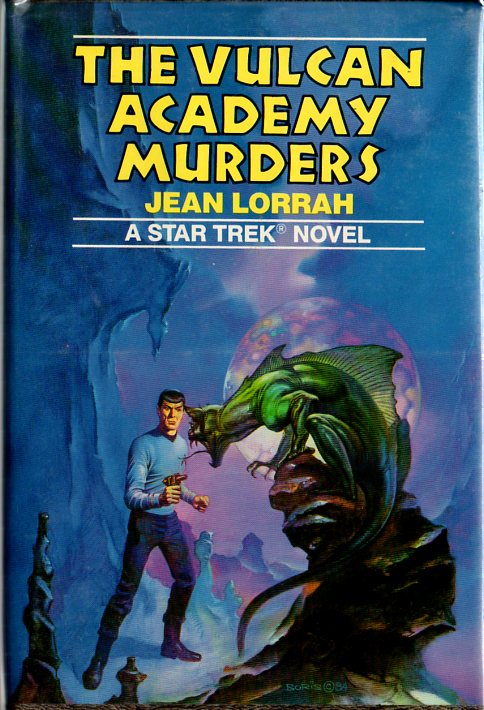
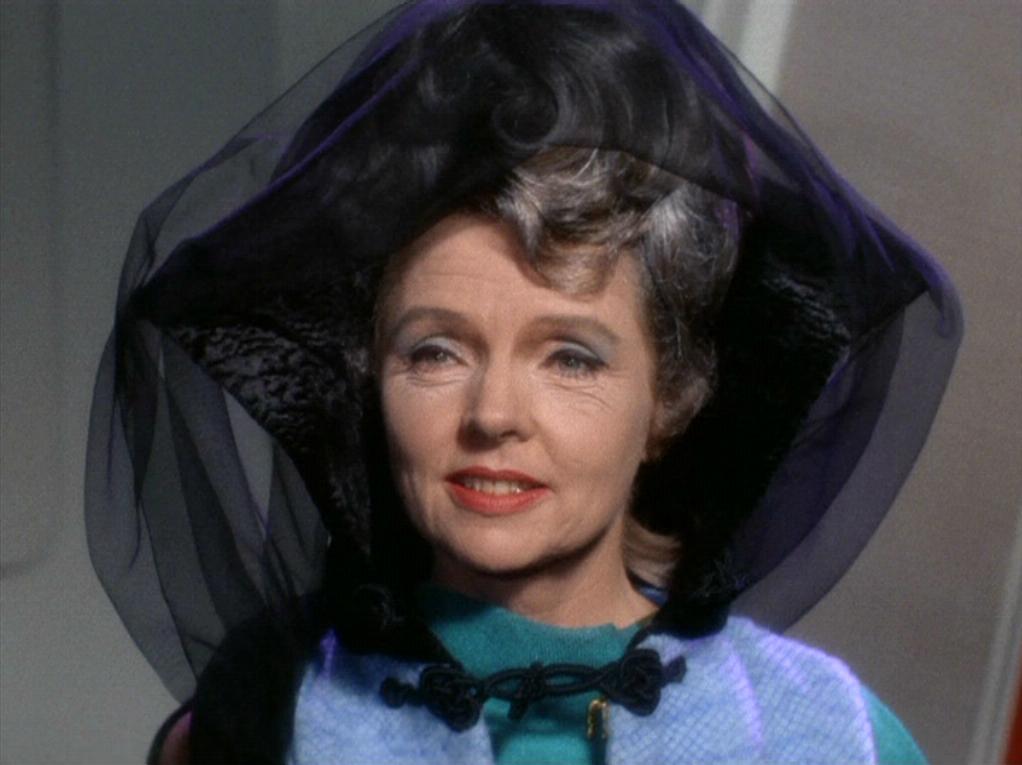

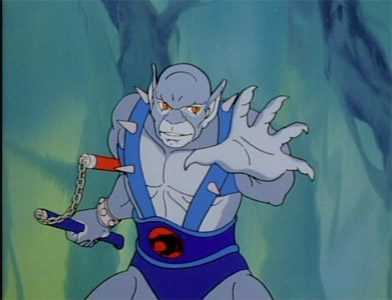

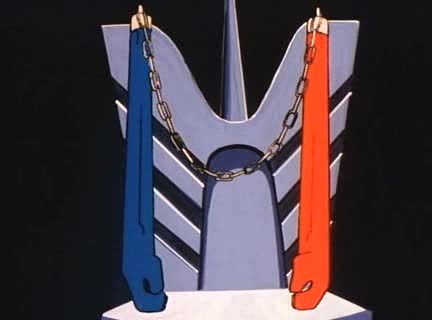

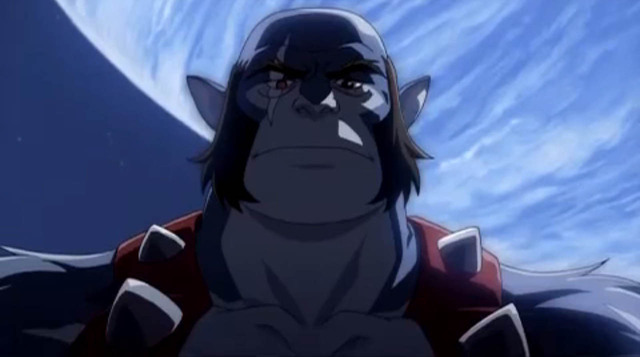
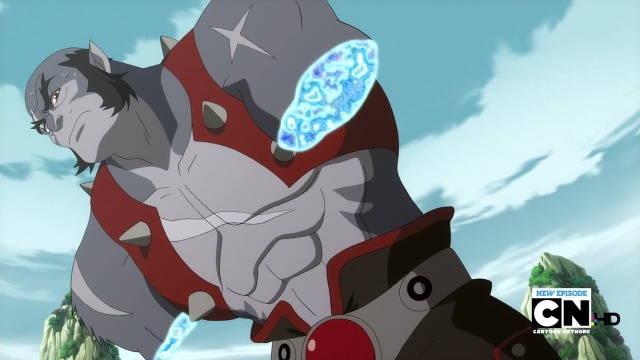
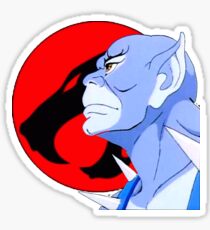










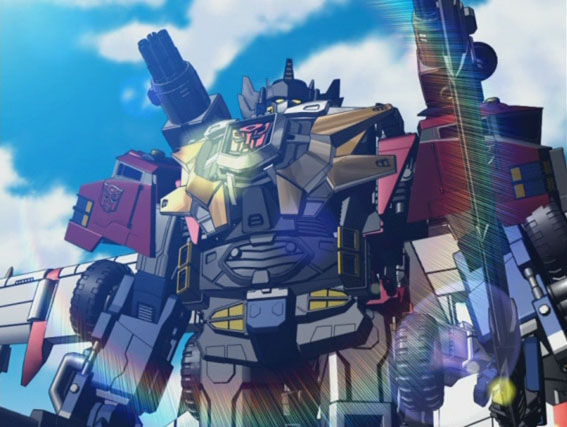












 “There’s only one God, ma’am. And I’m pretty sure He doesn’t dress like that!” – Captain America in Marvel’s The Avengers
“There’s only one God, ma’am. And I’m pretty sure He doesn’t dress like that!” – Captain America in Marvel’s The Avengers